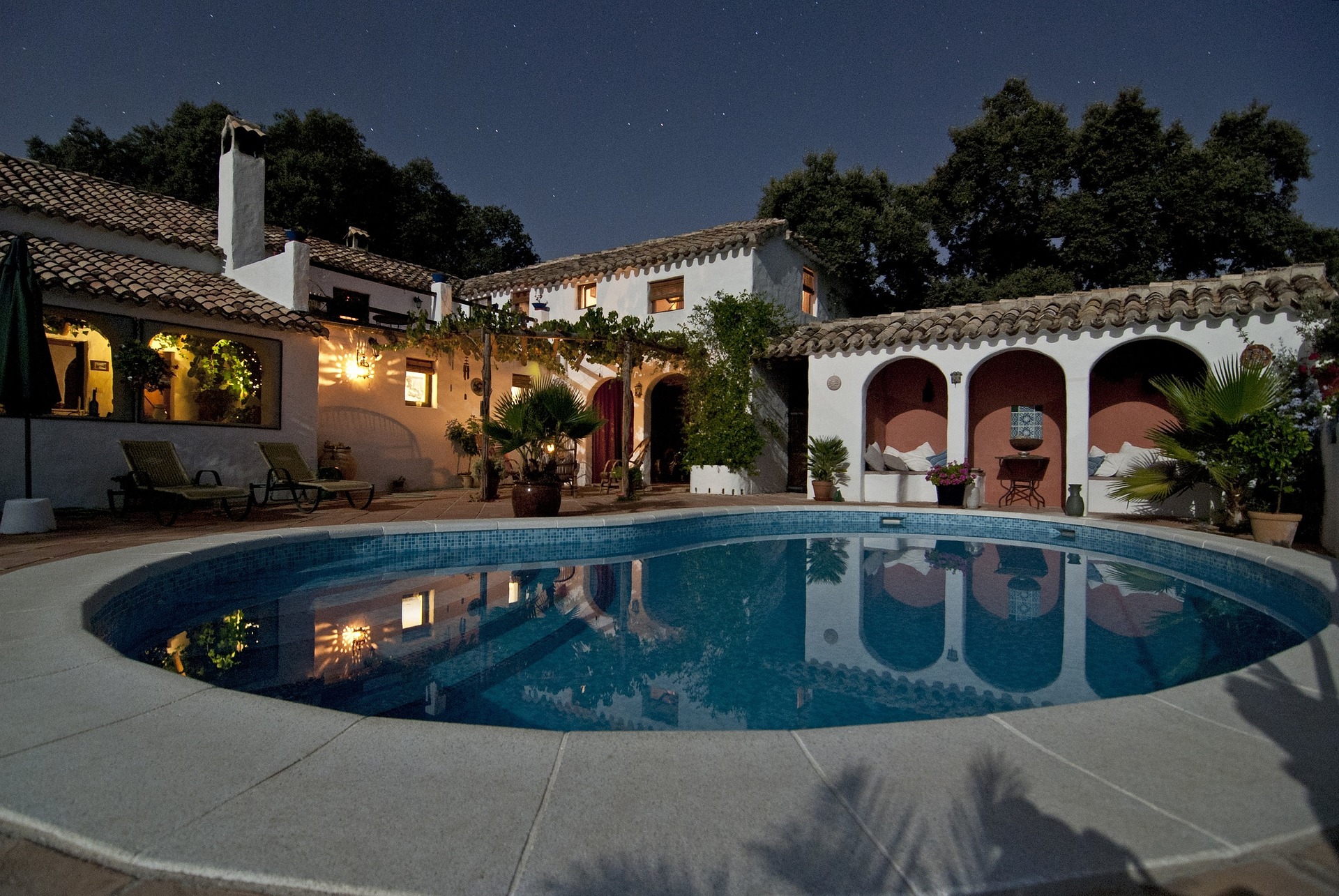The days are longer and the evenings are warmer, making it a perfect time for al fresco dinners and long nights spent by the fire pit. A properly lit backyard allows you to make the most out of each summer night. Depending on the size, layout, and features of your outdoor living space, certain lights will suit it best. Here are a few tips for a well-lit exterior area.

Proper Planning
Don’t tackle lighting your yard without a plan. First, you’ll want to have goals in mind for each area. For instance, if you have a large grassy area where your family enjoys playing sports or lawn games, you want to make sure the entirety of the yard is well-lit. On the other hand, you may want your patio lit less harshly, with a little more ambience. For each separate area of your yard that you wish to light, you should draw a sketch showing where you want lights placed and how the wire cables will be run. The cables are usually attached in daisy chains, T’s, or in a cross pattern. The location of your power source and the type of transformer you get will help determine the best layout for your lights.
Outdoor Living Space Light Systems
There are a few crucial components that make up every exterior light system. These are 1) a transformer to step down the voltage from your power source, 2) cables to run the electricity, and 3) the light fixtures themselves.
You need a transformer to decrease the voltage; exterior lights are low-power systems, decreasing the possibility of an electrical hazard while they’re exposed to weather conditions. While the power coming out of your standard GFCI outlet is between 120V to 240V, most exterior bulbs can only take up to 12V. Without a transformer, the bulbs would immediately blow, so this is a crucial component for your exterior lights. To determine what size transformer you need, simply add up the wattage of all the light bulbs you plan to use. They generally range in size from 100W (which will cost about $70) up to 900W (which can cost a few hundred dollars).
Wiring your system requires low-voltage cables as well. Measure out your yard using your layout plan to figure out how much cable you need before purchasing it. Keep in mind when planning your layout that the cables will need to be buried about 6” under the ground. Avoid burying them near landscaping beds where you anticipate digging in the future–you don’t want to accidentally damage the wire! Plan to spend about $1 per linear foot of low-voltage cable.
Your options for lighting fixtures are nearly endless; from halogen floodlights to brighten your yard, to small LED lantern path lights, to Edison bulbs strung around a pagoda. Halogen bulbs are bright and inexpensive, but they have a relatively short lifespan. LEDs instead have risen in popularity, because they last 10+ years while maintaining the same level of brightness as halogens.
Do You Need an Electrician?
Exterior lighting systems can often be bought as a kit, with the transformer, cables, and bulbs bundled in one. These kits can be completed by everyday individuals in most cases, as long as you’re careful. However, it’s important to keep in mind the importance of electrical safety. These cables and bulbs will be exposed to all kinds of weather, so proper installation is crucial. If you feel unsure at all, it’s best to contact a professional.
If you have an electrical project in the Sarasota area – whether commercial or residential – call Promise Electric for a consjultation and project quote.


